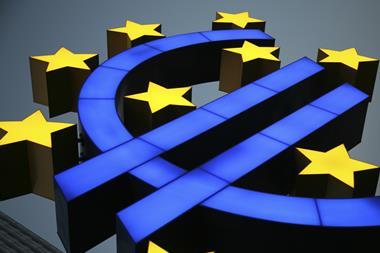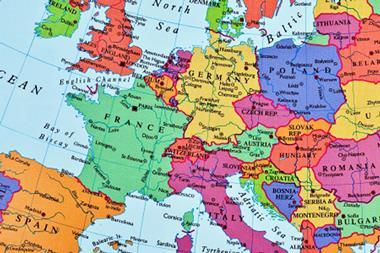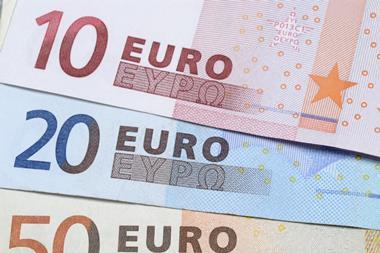Danish labour-market pension fund Industriens Pension predicts that the current peg between the Danish krone and the euro could be seriously challenged in a few years’ time but sees the krone holding within narrow bands relative to the pan-European currency for now, despite the European Central Bank’s (ECB) expected quantitative easing (QE) programme.
The DKK127bn (€1bn) pension fund said it was preparing for the widely expected announcement by the ECB to start wide-scale QE by holding onto its bond risk levels in Danish and core euro area sovereign bonds, while at the same time taking short positions on US Treasuries.
Morten Kongshaug, portfolio manager for tactical asset allocation at Industriens, told IPE: “On a two to three-year horizon, the peg may be challenged for real,” he said.
“But in the short term, the Danish krone will keep its narrow plus or minus 0.5% level against the euro.”
Industriens had not started hedging euro risk, he said, but added that it was considering covering the tail risk of the Danish krone leaving its peg.
However, this is a strategic asset allocation question – i.e. a long-term one – rather than a tactical asset allocation choice, Kongshaug said.
The prospect of wide-scale ECB quantitative easing has sparked speculation about whether the Danish krone would be able to maintain its current peg to the euro in such circumstances.
Asked what the pension fund had already done to prepare for the ECB’s forecast bond-buying spree, he said: “We have kept bond risk in Danish and core euro government bonds, while shorting US Treasury risk.”
However, in the immediate term, the pension fund said it did not expect financial markets to change much if the expected broad QE programme were confirmed by the ECB after its governing council meets.
“We are disappointed in the short term, as a large-scale QE programme is already discounted,” he said.
Kongshaug said the ECB was likely to get national central banks within the euro area to do the bond-buying in any QE programme, rather than buying the debt itself.
How the buying volumes will be divided up between the debt of the various euro states will be determined using specific data, he predicted.
“The ECB will use capital key weights in its purchase,” he said.
This division of the buying will be important for the pricing of risk-free bonds such as German bunds, Kongshaug said.












No comments yet